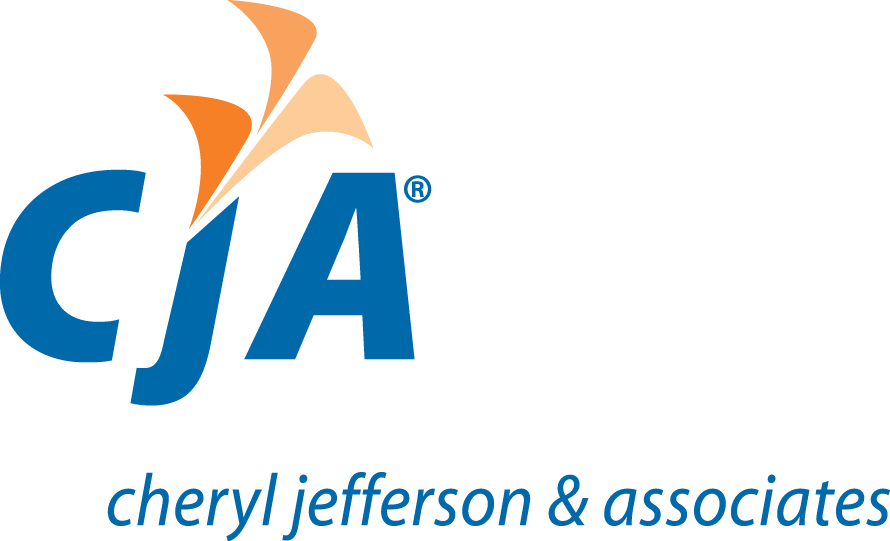It’s that time of year again, and no, I’m not talking about holidays. It’s that time of year when you need to start thinking about closing the books, preparing annual financial statements, and filing tax returns. Year end is when you have to think about all those financial reporting obligations. Everyone wants to know how the business performed, including investors, banks, and the IRS.
So, as usual, I’ve put together some key items to review as you prepare for year end.
Review the Trial Balance report
This report is well-known amongst accountants. It provides an overview of the balances in every account that has a balance. Depending on the report filters, it may even show accounts that have no balance currently, but had activity during the year.
You will want to scan the Trial Balance report for any balances that appear odd. Are there balances that should be debits but are showing as credits, and visa versa? Are there balances for accounts you don’t recall using? You’ll want the also skim through the amounts to see if they look realistic on the surface.
Lastly, you’ll want to make sure you have reconciled to each balance. You should have prepared bank reconciliations or credit card reconciliations. These should all still tie to the year end balances on this report. You may have statements from third-party providers. These should tie to the year end balances on the Trial Balance. If balances do not tie, you should at least investigate the difference.
Take a deeper dive into the general ledger
The general ledger, like the Trial Balance report, shows the balances in every account. However, the general ledger provides the details of how those balances came to exist. It includes the line-item transactions that add and subtract from the balance at the beginning of the period, to calculate the balance at the end of the period. Depending on your accounting system, there could be a running balance after each transaction.
With the general ledger, you should make sure you have classified transactions properly. Is there a credit card charge for supplies purchased at Office Depot in the Travel account? Are there customer payments in your labor expense accounts?
The general ledger is also useful in determining the reason behind those financial differences when the balances do not tie to statements and reconciliations.
Payroll expense, reconcile to the payroll tax returns
I find a key area that explodes with errors is the payroll expense. For all of our financial statement clients, we make sure that the payroll expense accounts reconcile to the 941, 940, and SUTA tax returns.
Ideally, you want to reconcile payroll expense on a quarterly basis. If you are using a third-party payroll processor, you can do it when you receive the quarterly tax package. If you are preparing payroll in-house, you actually want to reconcile, prior to submitting the payroll tax returns.
Reconciling payroll expense is not only important for the financial statements. It is important for the income tax returns as well. Under an IRS payroll tax audit, the payroll expense will be reconciled to the amounts you submitted on the W2’s and well as the payroll tax returns. Also, reconciling is important to ensure you have remitted the correct amount of payroll taxes. The penalties for incorrect payroll tax filings are assessed on the business, regardless of whether you process payroll in-house or have a third-party.
Recheck business meals including deliveries
Lately, tax laws have been changing as frequently as you change the oil in your car. After the Tax Cuts and Jobs Act (TCJA) in 2017, entertainment expense went from a 50% to a 0% deduction. Business meals remained at a 50% deduction.
In December 2020, the Taxpayer Certainty and Disaster Tax Relief Act was enacted. The Act provides a temporary 100% deduction for business meals provided by a restaurant. Specifically, expenses paid or incurred between January 1, 2021 and December 31, 2022, for food and beverages provided by a restaurant are 100% tax-deductible. A restaurant is defined as a business that prepares and sells food or beverages to retail customers for immediate consumption, regardless of where the food is consumed. This does not apply to grocery stores, convenience stores, pre-packages food, etc.
For this calendar year and next, you will want to review all the meals purchased. Make sure they are supported by receipts unless you are using GSA per diems. Be sure to separate out any entertainment, which is still not deductible. The meal expenses can include tax and delivery charges as well.
Negative accounts payable?
If you are using your accounting software correctly, certain reports are never out of whack. One such report is the Accounts Payable (AP) Aging report. This report shows all unpaid bills and ages them based on how long they have been outstanding.
If you notice, “negative” balances for vendors or bills, you could be missing deductible expense. Negative balances happen when a bill payment is earlier than the date of the bill. For example, a January 1 rent bill is paid on December 26. This will create a negative AP amount for the December AP Aging report. However, it will not exist in January when both net to $0.
Another reason for negative financial AP, is that you are actually missing a bill that matches the full amount of the bill payment. This occurs when you have paid a bill, but later deleted it. Also, a negative AP exists if you enter a bill payment for more than the amount of the bill that you are attaching it to. You will want to double check to make sure you have recorded the bill (and the expense) for the correct amount.
Work from home state tax implications
If you are new to having remote workers, COVID may have brought on some challenges for you. From an accounting perspective, state tax nexus is the biggest risk. When you people were in the office, you knew exactly which state’s tax laws had to be followed. Based on your office location or your contracts, there was little fluctuation in where withholding, unemployment, or even income tax was filed. Most states, waived nexus rules temporarily during the pandemic. Now, permanent work-at-home (WAH) policies, have opened the business up to having tax liability to states that they did not before. The tax liability extends beyond payroll tax, to income tax.
You will want to review your employee work locations. You should document the location of where they are performing work, down to the city/county. You also want to document any employee working in another location for more than 30 days. Depending on each state’s rules, you may have additional tax filings. For example, if your employee is working remotely from Montana, you have to withholding and pay Montana payroll taxes, regardless of the business’ location.
Take inventory of your property and equipment
Remember, year end is clean up time. You will want to take an inventory of all the property and equipment that you have on your fixed asset lists and property tax returns. Why pay property tax on items that are broken, unusable, lost, or trashed?
You should take a full inventory that includes items that remote workers may also have in their possession. Again, some states do require property tax filings on laptops, computers and other equipment that telecommuting employees are using at home.
Record entries to dispose of items that no longer exist. Don’t forget to record depreciation on the new assets that you purchased for the fiscal year.
Review your trends
If you are using accounting software, and I hope you are, you should run comparative financial statements. Comparative financial statements show more that one period, side by side, so that you can…. compare.
You should run a monthly profit and loss to check for routine income and expense that is missing from one or more months. Run a two- or three-year profit and loss to detect those once-a-year expenses or income that are missing from this year. This comparison is useful for detecting possible misclassifications (i.e., expense recorded but in a different account than last year).
Run a two- or three-year Balance Sheet to see if balances increased or decreased as expected. Check for balances that normally remain unchanged, that have now changed. This is a good report to assess if everything you own or plan to use in the future is recorded as an asset. Also assess if everything you owe is recorded as a liability.
Every year accounting standards and tax laws change. Year end checklists always need to be updated or refreshed based on current events. The pandemic threw another curve into what used to be predictable planning for year end. While this list is not comprehensive of all the things you can do to plan for year end, it highlights what I think is often missed. If you have any questions, or when in doubt, a CPA can provide important guidance to your small business. At Cheryl Jefferson & Associates, we take a proactive approach to making sure our clients are ready for year end, all year long.
Contributed by Cheryl Jefferson Cooke, CPA|CFF, CFE

